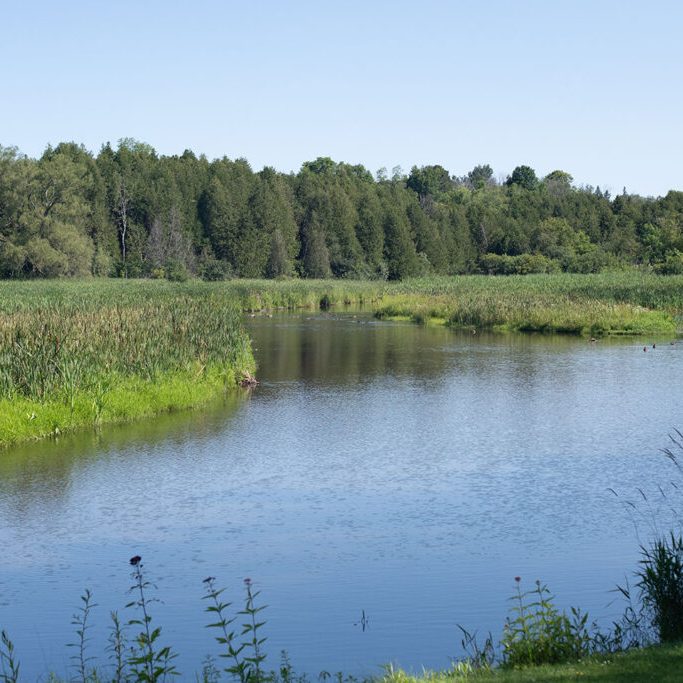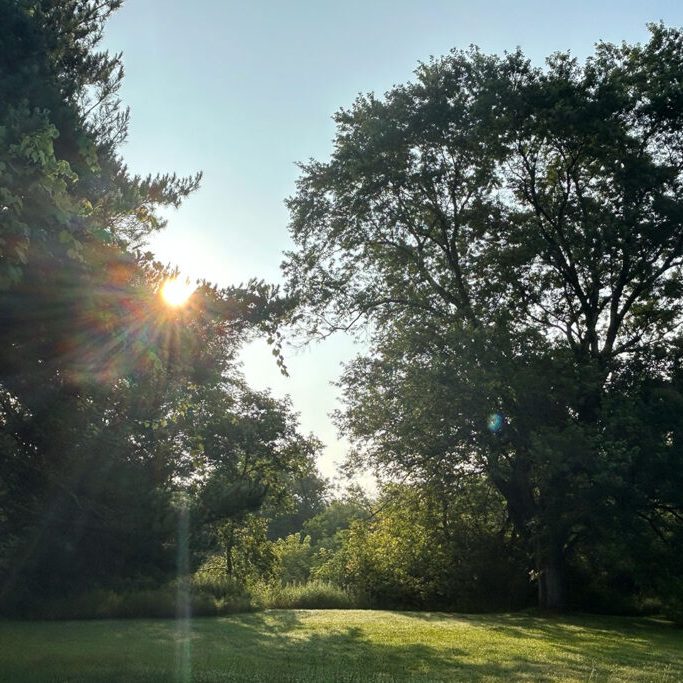

Plan Review & Permitting
Ganaraska Region Conservation Authority (GRCA) reviews each application received to ensure natural hazards and wetlands are appropriately addressed based on GRCA policies and provincial guidelines.
Natural hazard features considered include:
- Wetlands
- Watercourses
- Floodplains
- Riverine & Shoreline Erosion Hazard
- Dynamic Beaches
- Slope Hazards
GRCA may require additional studies to aid informed decision making, as it applies to Planning Act and permit applications.
